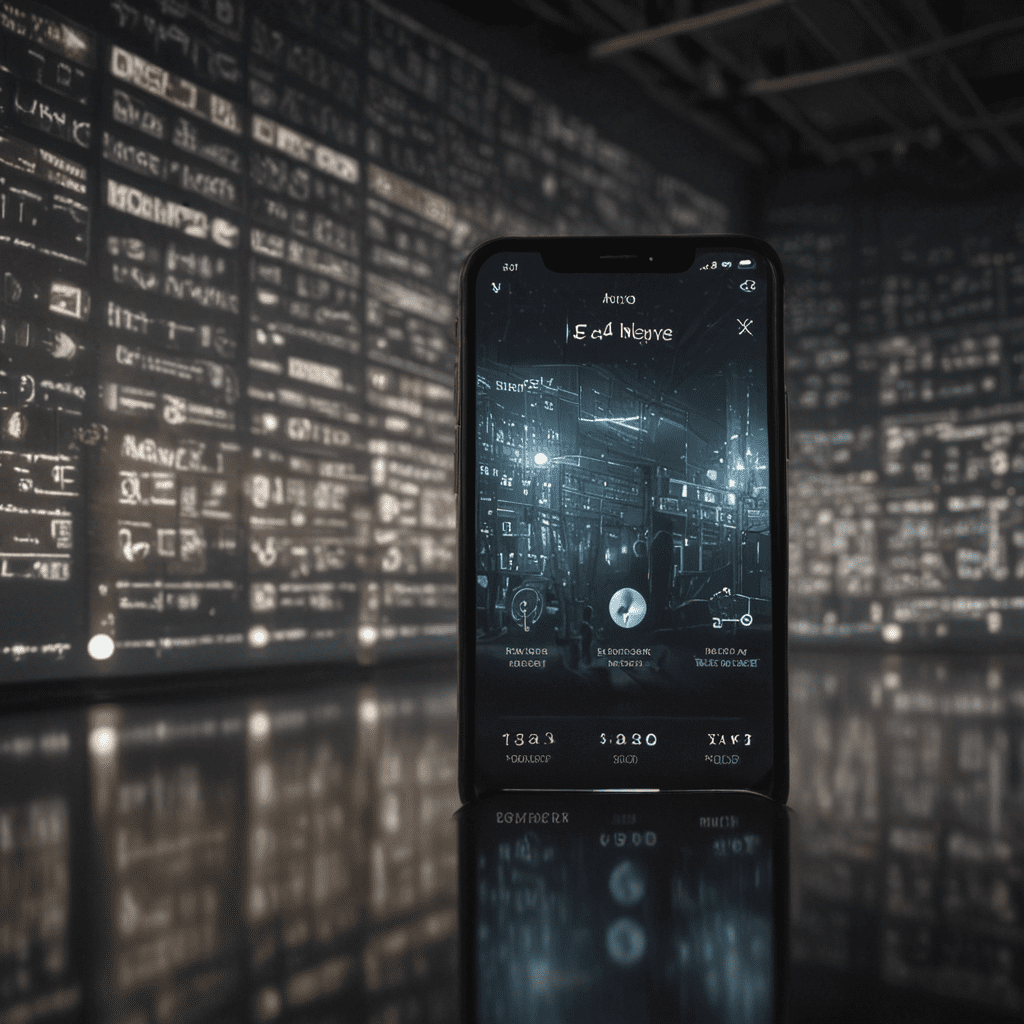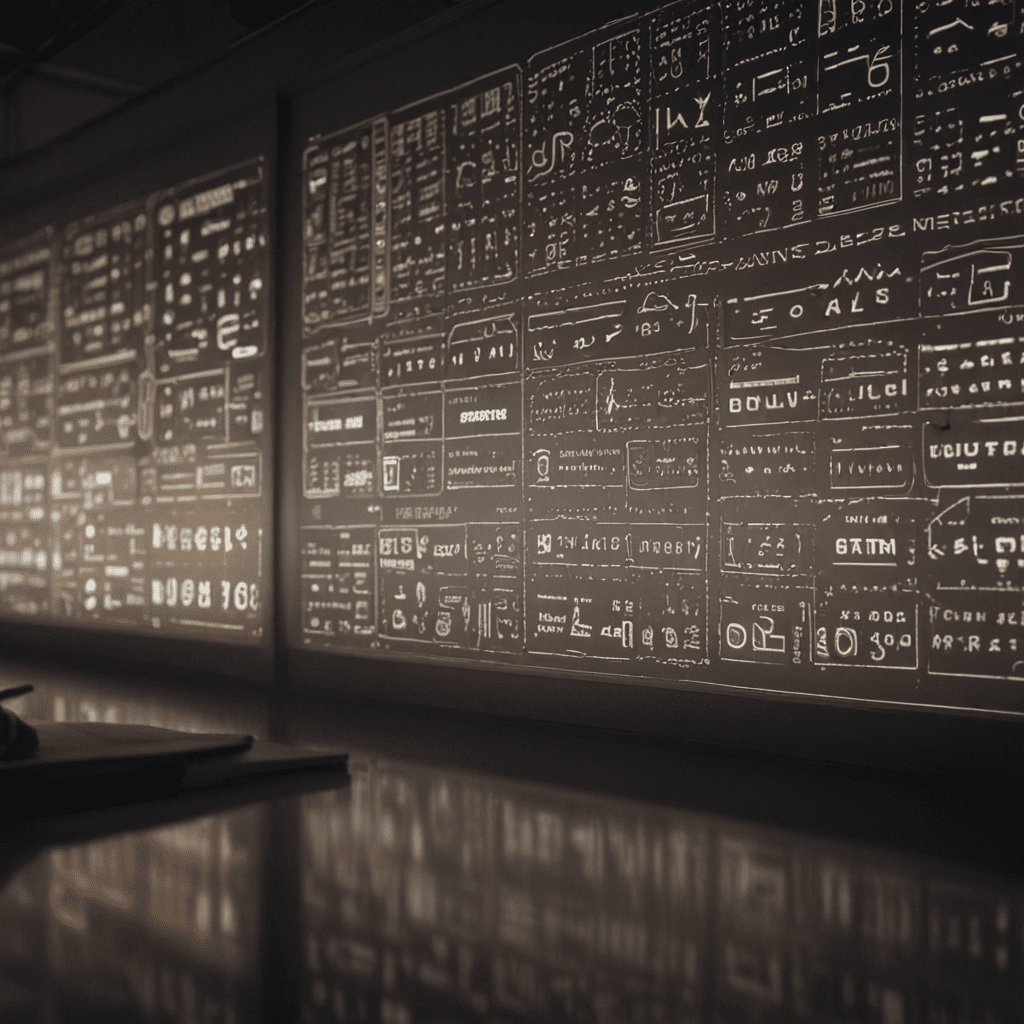
1. Introduction: The Dawn of Augmented Reality
Augmented reality (AR) has emerged as a groundbreaking technology, transforming the way we interact with our surroundings. By superimposing virtual elements onto the real world, AR creates captivating and immersive experiences that redefine user experience (UX) design.
2. Defining Augmented Reality: Superimposing the Virtual onto the Physical
AR technology utilizes sophisticated algorithms and sensors to overlay digital information onto a live view of the physical world. This blend of virtual and physical elements enhances our perception of reality and opens up a realm of possibilities for UX designers.
3. The Evolution of UX Design: From Tangible to Hybrid Experiences
Traditionally, UX design focused on creating tangible experiences through physical interfaces. With the advent of AR, designers now have the opportunity to craft hybrid experiences that seamlessly integrate digital elements into the user's environment.
4. How Augmented Reality Enhances User Interactions
AR's ability to overlay digital information empowers designers to enhance user interactions in various ways. These include:
Immersive Experiences and Enhanced Visualizations: AR creates immersive experiences by projecting virtual objects into the user's surroundings, allowing for interactive visualizations and enhanced comprehension.
Gamification and Storytelling: AR can transform everyday experiences into interactive games or captivating stories, fostering engagement and fostering a memorable user journey.
6. Gamification and Storytelling
AR's potential to transform mundane tasks into engaging experiences extends to gamification and storytelling. By incorporating game elements into AR applications, designers can enhance user motivation and make learning or completing tasks more enjoyable. Similarly, AR can bring stories to life by providing an immersive environment where users can interact with characters and explore virtual worlds.
7. Increased Accessibility and Information-Rich Environments
AR technology can eliminate physical barriers and enhance accessibility for users with disabilities. By providing alternative ways to navigate and interact with their surroundings, AR empowers individuals with visual, hearing, or cognitive impairments to engage more fully with the world around them. Additionally, AR can create information-rich environments by overlaying contextual data onto physical objects, enabling users to learn about their surroundings in a more intuitive and interactive manner.
8. Design Principles for Augmented Reality UX
Crafting effective AR user experiences requires careful consideration of specific design principles, including:
9. Ensuring Seamless Integration and User-Friendliness
The integration of AR elements into the user's environment should be seamless and user-friendly. Designers must prioritize clarity and intuitiveness, ensuring that users can easily understand and navigate the augmented experience. Haptic feedback and audio cues can enhance the user's immersion and provide guidance.
10. Optimizing for Accessibility and Contextual Relevance
AR applications should be accessible to all users, regardless of their abilities. Designers need to consider factors such as color contrast, font size, and alternative navigation methods to accommodate individuals with disabilities. Contextual relevance is also crucial, tailoring the AR experience to the user's surroundings and providing information that is relevant to their current location or activity.
FAQ
Q: How can AR improve the user experience?
A: AR enhances UX by offering immersive experiences, gamification, increased accessibility, and information-rich environments.
Q: What are the key design principles for AR UX?
A: Seamless integration, user-friendliness, accessibility, and contextual relevance are essential design principles for AR UX.
Q. How can AR be used for gamification?
A: AR can transform tasks into engaging games, motivating users and making learning or completing tasks more enjoyable.

